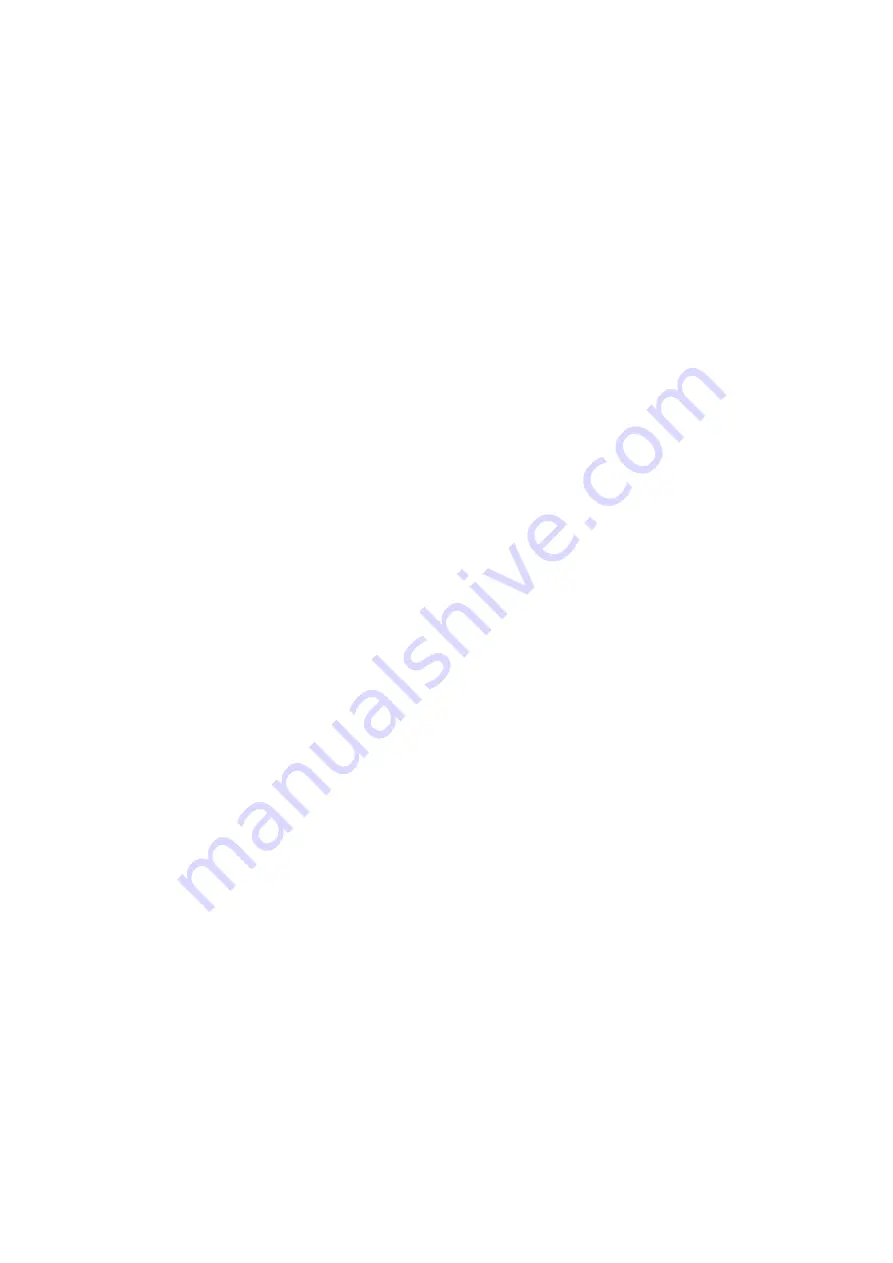
154
- start the engine, engage the auxiliary power take-off and one of the gears in the gear-
box;
- check operability of the pump by closing plug hole with your finger.
If the pump is in good working order, you will feel oil pulsation in the plug hole.
Do not operate the PTO if the oil pump is faulty.
5.9.3 Winch
The winch (see Figure 130) is designed for the self-recovering as well as for recovering
vehicles and trailers on heavy roads. It consists of a worm-type reduction gear unit, drum with
wound-on wire rope and a winch rope winding guide.
The reduction gear unit mechanism consists of globoid pair with ratio of 31:1. Worm
wheel 20 is riveted on the hub that is able to mesh with drum shaft 10 via movable coupling 22.
Automatic band brake 1 (see Figure 131) is mounted on the reduction gear worm. The
brake prevents spontaneous rotation of the winch drum and winch rope unwinding, when the truck
clutch is disengaged or if the safety pin has been sheared off.
The brake should be adjusted, when the reverse gear is engaged and the drum movable
coupling is disengaged. If the brake overheats to a temperature your hand could not bear (about
+60°C) during 1-3 minutes, undo the band fastening nut 3 and lock nut 4 by two or three turns.
5.9.3.1 Adjusting the winch reduction gear unit. Adjust the reduction gear bearings, if
axial clearances are formed in them, as well as when a new worm pair is installed.
Adjust the bearings if only you fail to eliminate the axial clearance by re-tightening the
bearing cap bolts. The bearings must be re-adjusted with preload.
The torque required for cranking the reduction gear worm in bearings 29, 31 and 32 (see
Figure 130) should be about 1.0-2.5 N.m (0.1-0.25 kgf.m). If the shaft turns rather easily or if it
has an axial clearance, remove some of
adjusting
shims 28 and 33 of the same thickness from un-
der the front and rear bearing caps. If torque more than 2.5 N.m (0.25 kgf.m) is required to crank
the shaft, add
adjusting
shims of the same thickness under the bearing caps. When checking the
worm shaft torque, the bolts fastening bearing caps should be tightened home.
Quantity of the
adjusting
shims placed under the rear and front bearing caps should be
approximately the same after the adjustment; that facilitates further adjustment of the worm pair
for meshing.
Adjust the worm wheel shaft tapered bearings by changing the number of
adjusting
shims
16 and 24 under the bearing caps.
The preload allowance of the worm wheel shaft bearings should be checked, when the
shaft has been meshed with the worm. The torque required for cranking the worm wheel shaft in
the bearings should be 3-6 N.m (0.3-0.6 kgf.m). Upon readjusting the bearings, check whether the
worm pair is meshed correctly, using paint on the teeth contact pattern. If the pair has been adjust-
ed correctly, the tooth working face print (when the wheel is unloaded) is located in the tooth cen-
tre and makes at least 5 mm in width and 2/3 in height of the tooth.






























